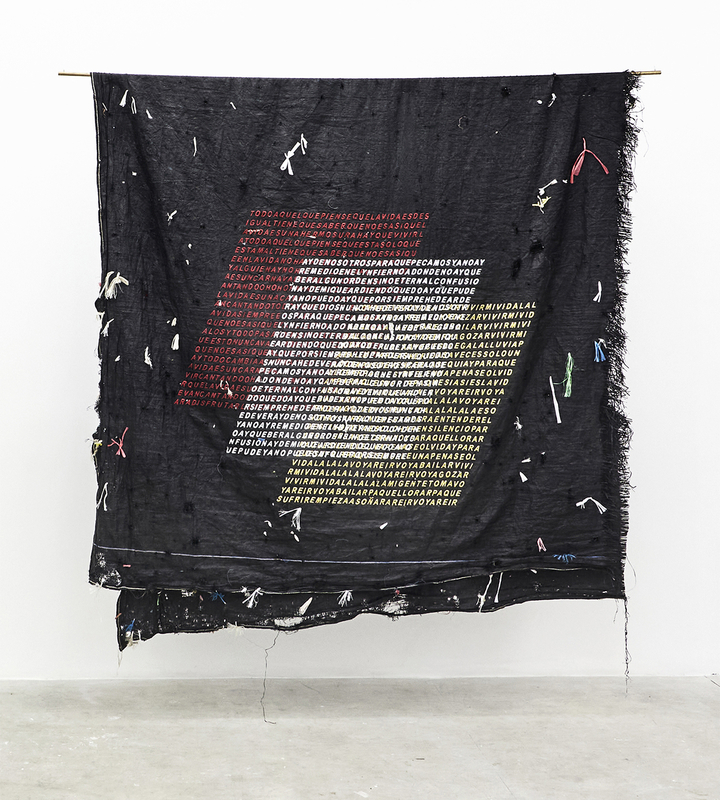It has rarely been more pertinent to ask if life is just a struggle for survival or a symbiotic stream of time in which everything that occurs was meant to occur, including life, death and corruption in continuously parallel processes. Artistic research prefers to raise questions rather than provide straight answers and this is also the working method of artist duo Goldin+Senneby. Insurgency of Life (X-Ray) by Goldin+Senneby was acquired for the Corona Collection, an initiative to support the Swedish art scene during the COVID-19 pandemic.


We want to believe that everything that is natural is also good, but what if nature is naturally evil? Trying to apply some kind of moral logic to our existential condition in the hope of better understanding (and outsmarting) nature, is a risky business whether it involves single-cell organisms or multi-cell creatures like us. Insurgency of Life (X-Ray) invites us to reflect on this topic.
Insurgency of Life (X-Ray) comprises an X-Ray image of a fungi-infected cicada nymph. The fungus, which forms part of the work, is called Isaria sinclairii and it lives by attacking insects. It grows andreproduces in cicada nymphs. The vulnerable, newly hatched cicada, the nymph, digs down into the ground in order to suck up juices from vegetation. Underground, the spores of the fungus attach to the cicada, taking hold of the nymph, overwhelming it, and pushing their shoots through its head.
The X-Ray image shows a dead cicada nymph completely overtaken by a fungus. Why was the young cicada not equipped with an immune system that could resist the attacks of the fungus, and why does the fungus not attack older cicadas who have been allowed to live out their lives?
In our modern narratives of life’s potential injustices, which should be combatted, the immune system is part of a medical idiom that alerts us to our enemies and how our bodies react in a sound manner in order to fight them. Goldin+Senneby takes an interest in language, how it can generate new realities and influence our way of experiencing our corporality. For centuries, the fungus Isaria sinclairii has been used in traditional Chinese medicine as a tonic believed to transmit eternal youth, and since the 1990s it has been a component of the first tablet for treating MS. It’s an ill wind that blows nobody any good.
Artist biography Goldin+Senneby
Goldin+Senneby is the Stockholm-based artist duo Simon Goldin and Jakob Senneby. Since 2004, they have collaborated on conceptual art projects, exploring social phenomena such as the financial market and recently also bodily defence mechanisms, auto-immunity and discursive practices.


